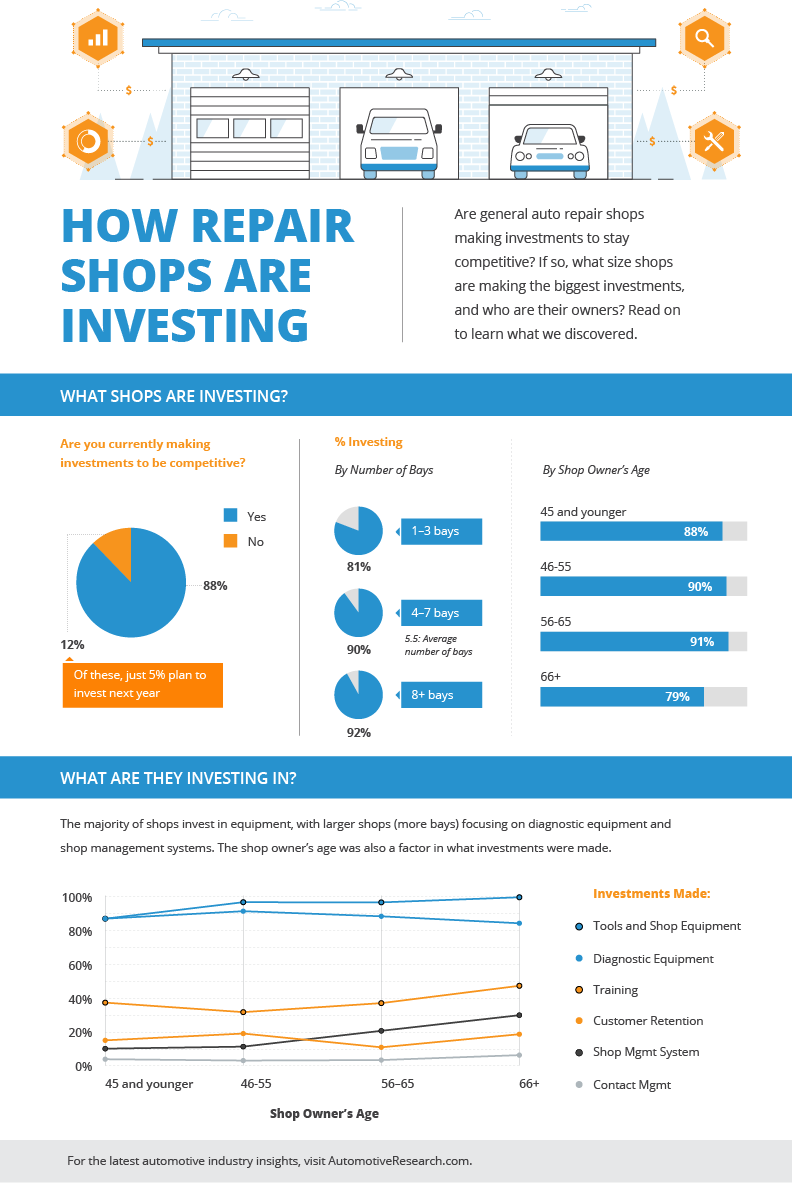Checking Out Brake Systems: Typical Problems And Practical Solutions For Repair
Checking Out Brake Systems: Typical Problems And Practical Solutions For Repair
Blog Article
Staff Writer-Prater Damborg
When it comes to your automobile's brake system, recognizing common problems can conserve you from prospective safety and security dangers. From recognizing brake pad wear to addressing brake liquid leakages, knowing just how to deal with these troubles is vital. Yet what concerning those spongy brake pedals? There's a repair for that also. Stay tuned to find out more concerning these problems and the functional services that can keep you safely when driving.
Brake Pad Put On and Substitute
When it involves maintaining your vehicle's brake system, one essential element to watch on is the wear and substitute of brake pads. Brake pads are crucial parts that push versus the brake rotors to slow down or stop your car. Over time, these pads wear down due to friction, requiring routine inspection and substitute to guarantee your brakes function successfully.
To determine if your brake pads need replacement, listen for shrieking or grinding noises when you use the brakes. In addition, if your automobile takes longer to quit or you observe vibrations or pulsations when braking, it might be time to change the brake pads.
Disregarding worn brake pads can lead to reduced braking performance, damages to various other brake parts, or perhaps brake failure.
Changing brake pads is a fairly uncomplicated process for several vehicles. However, if you're unclear or uneasy executing this job, it's finest to seek advice from a professional technician to guarantee appropriate setup and optimum brake performance.
Frequently checking and replacing brake pads is essential for your security and the long life of your automobile's braking system.
Brake Fluid Leaks and Maintenance
To guarantee your lorry's brake system functions efficiently, it is necessary to likewise take notice of brake fluid leakages and upkeep. Brake liquid is crucial for transmitting the force from your foot on the brake pedal to the real stopping system. Suggested Site with brake liquid is leaks, which can happen because of shabby brake lines, seals, or connections. If you notice a pool or leaks under your automobile, it's necessary to resolve the leakage quickly to avoid a potential brake failing.
Frequently checking your brake fluid degree is vital to maintaining your brake system. Reduced brake fluid can cause air going into the brake lines, which jeopardizes stopping performance.
Additionally, old or contaminated brake fluid can impact the overall effectiveness of your brakes. It's advised to follow the maker's standards on when to transform the brake liquid, commonly every 2 years.
Spongy Brake Pedal: Blood Loss Brakes
If you've ever experienced a mushy brake pedal while driving, you recognize the value of keeping a firm and receptive braking system. One usual source of a mushy brake pedal is air trapped in the brake lines. When https://electric-brakes17384.ambien-blog.com/36183004/look-into-the-best-car-describing-guide-for-a-showroom-quality-shine-disclose-the-techniques-that-will-certainly-transform-your-lorry gets in the brake system, it can bring about a loss of hydraulic stress, leading to that unsettling squishy sensation when you press the brake pedal.
To solve this problem, hemorrhaging the brakes is essential. Hemorrhaging the brakes involves eliminating the air from the brake lines to bring back appropriate hydraulic stress.
To hemorrhage the brakes, you'll need a helper to help you. Begin by locating the brake bleeder valve on each wheel, normally located near the brake caliper. With a wrench, loosen the valve and have your assistant press the brake pedal while you observe any type of air bubbles coming out. Repeat this process for every wheel, beginning with the wheel farthest from the master cyndrical tube and moving better.
As soon as you no more see air bubbles and only clear liquid emerges, tighten the valve and top up the brake fluid tank as needed. Hemorrhaging the brakes assists guarantee a company brake pedal and boosts general braking performance.
Conclusion
Now that you understand typical brake issues and just how to repair them, you can ensure your car's safety and security and efficiency. Bear in mind to pay attention for warning signs like screeching noises or spongy brake pedals, and resolve them quickly. Routine upkeep and timely replacements are vital to maintaining your brakes in top condition. Remain https://jaspernjdxr.blazingblog.com/30012356/recognize-the-necessary-steps-in-a-cleansing-checklist-to-ensure-your-car-s-indoor-remains-clean-and-welcoming and mindful to your brake system to take pleasure in safe and trustworthy driving experiences.
